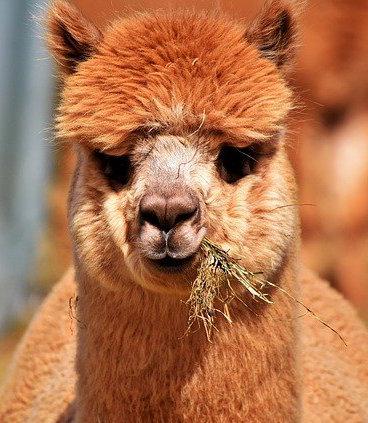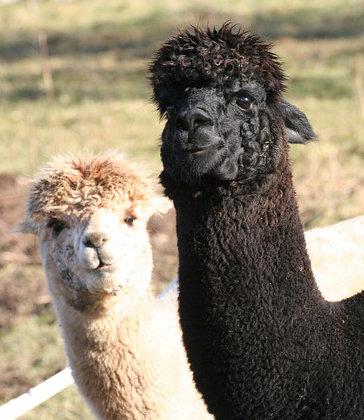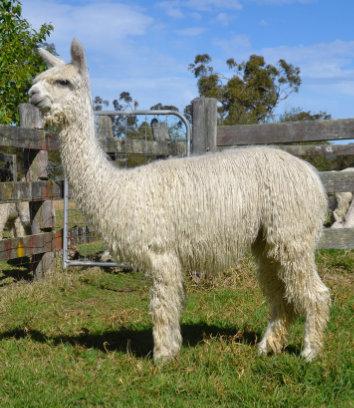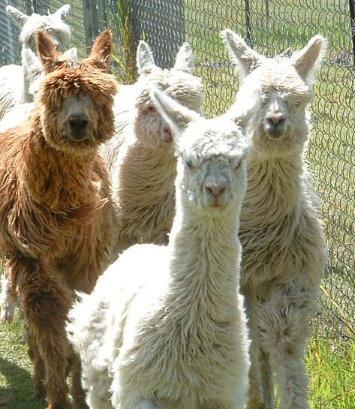
3 minute read
AAA Alpaca FAQ’s
What are alpacas?
Alpacas are members of the family that includes the guanaco (‘hwan-ark-oh’), llama (‘ya-mah’ or ‘lar-mah’) and vicuna (‘vykoon-yah’). Collec�vely they are known as South American Camelids. Alpacas are thought to be a varia�on from original vicunas that lived more than 7,000 years ago.
Advertisement
Alpacas originate from South America and were highly valued animals during the Incan civilisa�on from the 13th un�l the 16th century. They were an essen�al component in the provision of food and clothing (fleece and leather), and their manure was burnt as a source of fuel for hea�ng and cooking. During this �me, alpacas were found in various regions of South America and alpaca numbers approached 50 million.
During the Spanish invasion in the 16th century, the majority of alpacas were slaughtered and almost ex�nguished. The remaining alpaca farmers retreated to the high mountain regions where the newly introduced ca�le and sheep could not survive. It was only their resilience and tolerance of harsh climates that saw their con�nued existence in the Andes. Their value was rediscovered and again u�lised during the 1800s. In the mid 1800s the entrepreneur Charles Ledger imported the first alpacas to Australia. The venture was not a success and the herd was dispersed and eventually died out. Alpacas were first imported into the United States of America and Canada in 1984, and then to Australia (for the second �me) and New Zealand in 1989. These countries offer milder climates and, most importantly, the opportunity to apply more advanced farming techniques and be�er management which have seen herd numbers prosper in a rela�vely short space of �me.
VICUNA ALPACA LLAMA

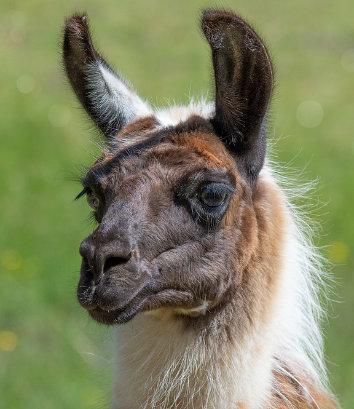



Are there different breeds?
There are two dis�nct types of alpaca – huacaya and suri. The key difference between them is observed in their fleece characteris�cs.
Huacaya, pronounced wua’ki’ya, is the most common alpaca type in both South America and Australia. The Huacaya has a so� bonnet of fibre on its forehead and boasts ‘mu�on chops’ on its cheeks, while its dense body fibre grows directly outwards, not unlike Merino fleece. Ideally, fleece coverage is even and extends down the legs. Coverage should extend down the legs and up the neck to a full bonnet on the head with a clean muzzle and ears.
The less common type is the Suri, soo’ree, and in Australia only a small percentage of alpacas are suris. The animal is covered with lustrous, silky, locking fibre, prized both in the show ring and by processors. The fleece hangs from a centre part – neck through to tail – with the locks lying close to the skin in a draped, free-swinging curtain. The fleece has lustre and its feel is more slippery and silky than that of the huacaya. The predominant suri colours are white or light fawn.
Are alpacas the same as llamas?
Alpacas are closely related to llamas. They are both from a group of four species known as South American Camelids. The llama is approximately twice the size of an alpaca with banana shaped ears and is principally used as a pack animal. In Australia, alpacas are bred for fleece, as stud animals, for meat, as pets and as herd guardians against foxes.
